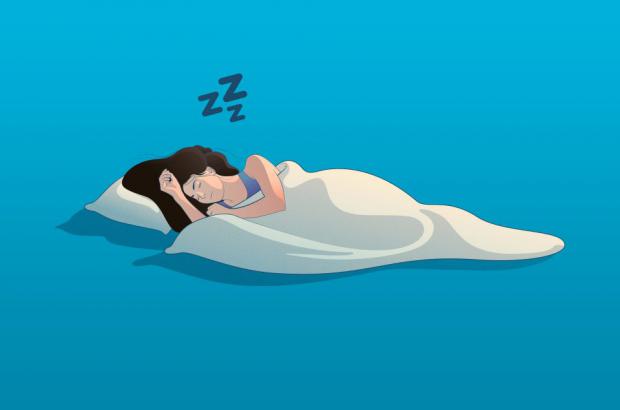
Breaking News
 BrightLearn - Revolutionizing Food: Grow Your Own Freedom...
BrightLearn - Revolutionizing Food: Grow Your Own Freedom...
 VIDEO: Alex Jones Goes Off On Trump, "The Globalists Have Been Deliberately Destroying...
VIDEO: Alex Jones Goes Off On Trump, "The Globalists Have Been Deliberately Destroying...
 Menopause and gut health: Decoding the relationship between hormones and digestive issues
Menopause and gut health: Decoding the relationship between hormones and digestive issues
Top Tech News
 Magnetic Fields Reshape the Movement of Sound Waves in a Stunning Discovery
Magnetic Fields Reshape the Movement of Sound Waves in a Stunning Discovery
 There are studies that have shown that there is a peptide that can completely regenerate nerves
There are studies that have shown that there is a peptide that can completely regenerate nerves
 Swedish startup unveils Starlink alternative - that Musk can't switch off
Swedish startup unveils Starlink alternative - that Musk can't switch off
 Video Games At 30,000 Feet? Starlink's Airline Rollout Is Making It Reality
Video Games At 30,000 Feet? Starlink's Airline Rollout Is Making It Reality
 Automating Pregnancy through Robot Surrogates
Automating Pregnancy through Robot Surrogates
 SpaceX launches Space Force's X-37B space plane on 8th mystery mission (video)
SpaceX launches Space Force's X-37B space plane on 8th mystery mission (video)
 This New Bionic Knee Is Changing the Game for Lower Leg Amputees
This New Bionic Knee Is Changing the Game for Lower Leg Amputees
 Grok 4 Vending Machine Win, Stealth Grok 4 coding Leading to Possible AGI with Grok 5
Grok 4 Vending Machine Win, Stealth Grok 4 coding Leading to Possible AGI with Grok 5
What happens to our consciousness when we fall asleep?

Where do our brains "go" when we fall asleep? A super network in the center of the brain could help solve one of the biggest scientific mysteries – how does human consciousness work? Scientists in Finland have discovered a central core network brimming with the same activity regardless of whether a person goes to sleep normally or loses consciousness due to anesthesia.
Researchers from the University of Turku conducted two experiments that revealed for the first time the natural mechanisms behind human consciousness and its connection to how people respond during sleep. One study examined brain activity of people being medically anesthetized, while the other looked at how the subjects responded as they slept naturally and after they woke up.
Along with using brain-imaging technology, researchers also asked participants a series of questions when they woke up. Those included topics like whether the volunteer was aware of their surroundings or remembered any of their dreams.
"One major challenge has been to design a set-up, where brain data in different states differ only in respect to consciousness. Our study overcomes many previous confounders, and for the first time, reveals the neural mechanisms underlying connected consciousness," says principal investigator Harry Scheinin in a university release.

 Why Politicians Seek Power
Why Politicians Seek Power HERE COMES THE MOTHERSHIP
HERE COMES THE MOTHERSHIP Venus Aerospace Hypersonic Engine Breakthroughs
Venus Aerospace Hypersonic Engine Breakthroughs

